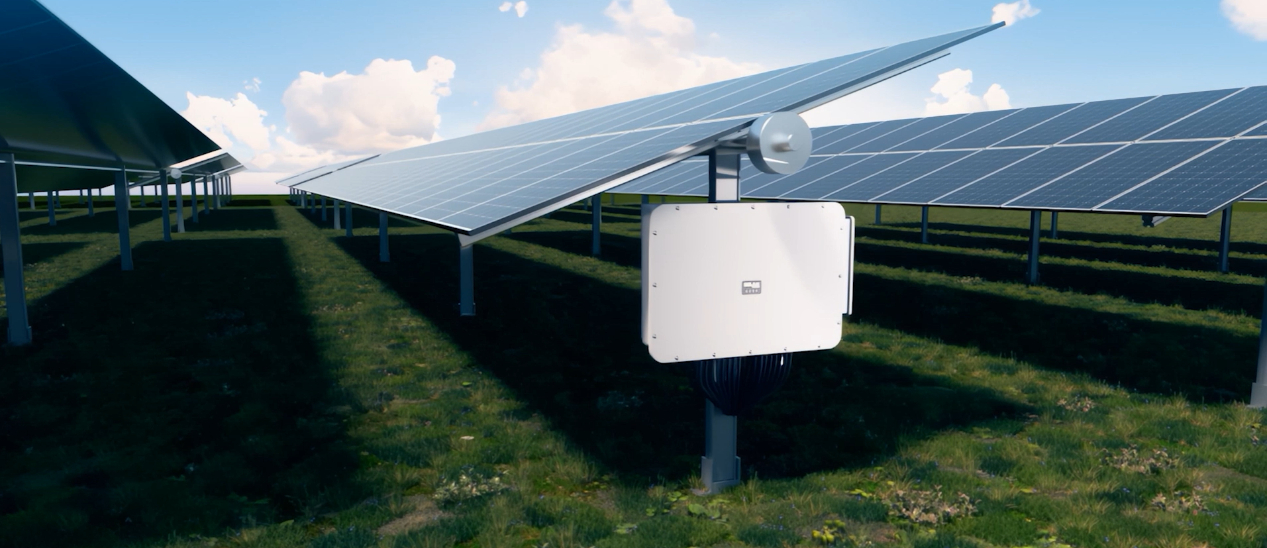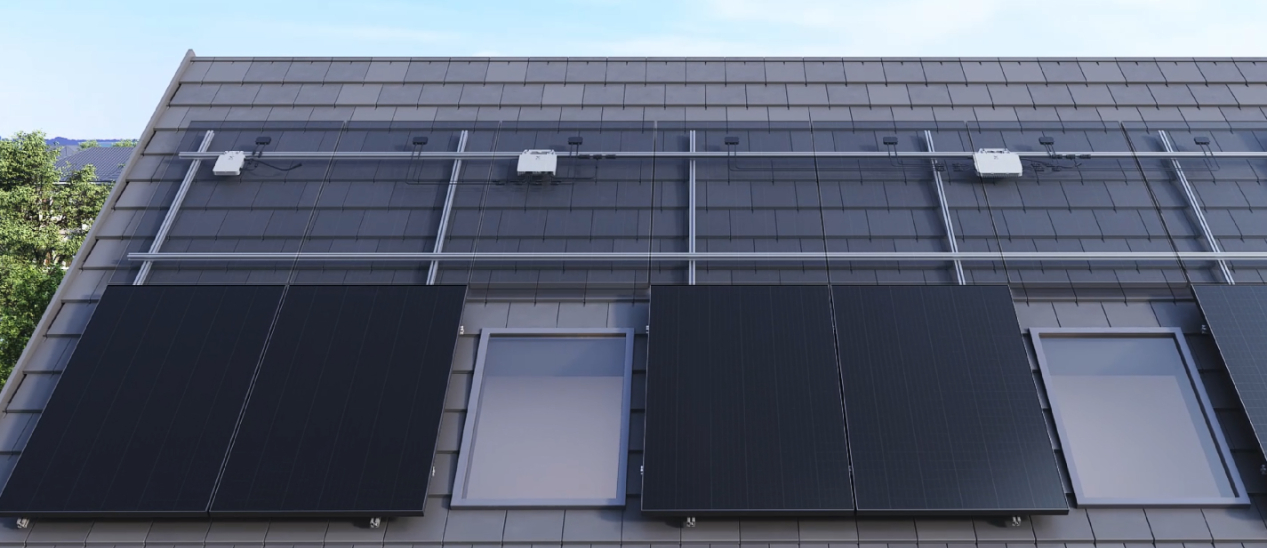The adoption of solar energy has seen rapid growth in recent years, driven by the desire for cleaner, more sustainable sources of power. Two common types of solar installations are utility-scale solar and rooftop solar systems. While both harness the power of the sun to generate electricity, they differ significantly in scale, application, and design. This article will compare the two types of solar installations, highlighting their respective benefits, challenges, and factors to consider when choosing the right solar solution. We'll also explore how SolaX can help you achieve your renewable energy goals, whether for a utility-scale project or a rooftop installation.
Utility-scale solar refers to large solar installations that generate electricity at a scale suitable for powering thousands or even millions of homes. The systems are typically located on large plots of land, where vast arrays of solar panels are installed to capture sunlight and convert it into electricity, which is then fed into the national grid.
High Power Output: Utility-scale systems are capable of generating significant amounts of electricity, often in the range of megawatts (MW), which can supply power to entire communities or large sectors.
Cost Efficiency: Due to economies of scale, utility-scale solar installations tend to have a lower cost per watt of energy produced. The upfront costs may be higher, but the per-unit cost of electricity is often more competitive than other forms of power generation.
Renewable Energy Integration: Utility-scale solar farms can contribute significantly to a region's renewable energy capacity, helping to reduce reliance on fossil fuels and lower carbon emissions.
Land Requirements: Large areas of land are needed to accommodate utility-scale solar farms. This can present logistical challenges, especially in densely populated or urbanized areas.
Grid Integration: Connecting large-scale solar systems to the electrical grid can be complex and requires significant infrastructure. Grid stability and transmission capacity must be carefully managed.
Regulatory and Environmental Concerns: Securing permits for utility-scale solar installations can be time-consuming and may require extensive environmental assessments.

A rooftop solar power system means solar panels installed on the rooftops of residential, commercial, or industrial buildings. This PV system generates electricity for individual buildings, allowing homeowners or businesses to produce their own clean energy. While they typically generate less power compared to utility-scale solar farms, rooftop solar systems are becoming increasingly popular for residential and commercial applications.
Low Land Use: Since rooftop solar panels use existing building structures, there is no need for large tracts of land. This makes rooftop solar ideal for urban environments where space is limited.
Energy Independence: By generating electricity on-site, homeowners and businesses can reduce their reliance on the grid and enjoy lower electricity bills. In some cases, excess energy can be sold back to the grid, generating additional income.
Easier Permitting: Compared to utility-scale projects, rooftop solar installations generally face fewer regulatory hurdles, making them quicker and easier to deploy.
Limited Energy Output: The energy produced by rooftop solar systems is limited by the size of the rooftop. For large energy needs, multiple rooftop installations may be required, which can be less efficient compared to a single utility-scale project.
Building-Specific Limitations: The feasibility of installing rooftop solar depends on the structure and condition of the building. Some roofs may not be suitable for solar installation due to orientation, shading, or structural limitations.
Higher Installation Costs: The cost per watt for rooftop solar installations is often higher than for utility-scale solar, due to smaller system sizes and more complex installation processes.

When deciding between utility-scale solar and rooftop solar, several key factors need to be taken into account:
If you are in a densely populated urban area, rooftop solar battery storage might be the most practical option, as it utilizes existing infrastructure without requiring additional land. On the other hand, utility-scale solar projects are better suited to rural or less-developed areas with large, open spaces.
Consider the energy needs of the building or community. A residential or small business property with modest energy consumption may benefit from a rooftop solar installation. For large commercial operations or utilities that require substantial power, utility-scale solar is typically the more appropriate choice, as it can produce a higher volume of electricity.
Both types of solar systems are designed to last for decades, but durability is influenced by factors such as system size, maintenance, and environmental conditions. Utility-scale solar systems are designed for large-scale, continuous operation and typically have robust monitoring and maintenance systems in place. Rooftop solar systems, while durable, may require more frequent maintenance depending on the installation environment (e.g., in areas with heavy snow or dust).
The cost of installation is a crucial factor in decision-making. While rooftop solar tends to have a higher upfront cost per watt due to the complexity of installation and the use of smaller systems, it can provide immediate cost savings in the form of reduced energy bills. Utility-scale solar requires a significant initial investment but often benefits from lower per-watt costs due to its large scale and economies of scale. Financial incentives, tax rebates, and power purchase agreements (PPAs) can also affect the overall cost-effectiveness of both options.
For utility-scale solar projects, the SolaX X3-GRAND HV inverter is an ideal solution, offering up to 99% efficiency, a wide voltage range, and 6 MPPTs for superior energy capture and optimization. With its ability to handle 75A current per MPPT, the X3-GRAND HV inverter ensures that even in challenging environments, your solar system will operate at peak efficiency.
Additionally, SolaX provides reliable monitoring systems, allowing operators to track system performance and address any issues promptly. Whether you are pursuing a utility-scale solar project or a residential solar installation, SolaX's cutting-edge technology can help you achieve your renewable energy goals.
By choosing SolaX, you can ensure that your solar installation delivers reliable, cost-effective, and sustainable energy for years to come.